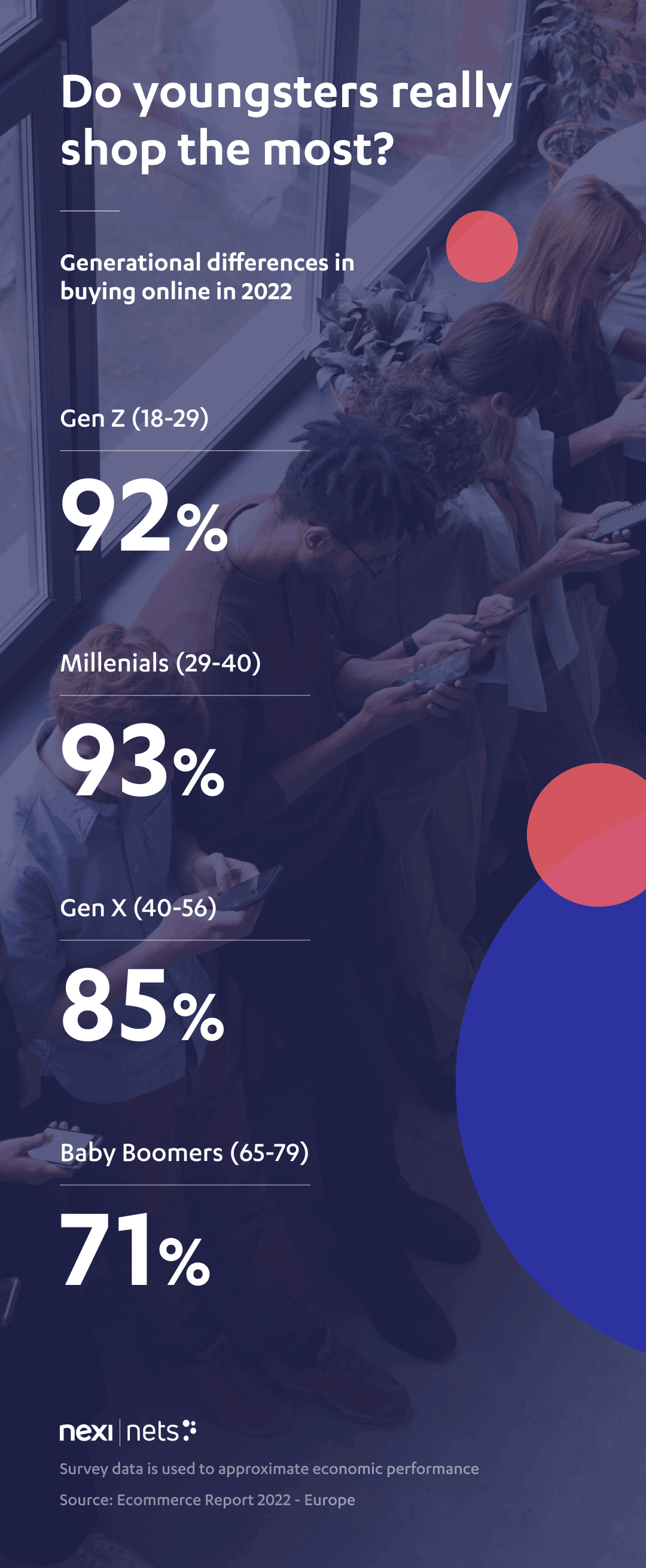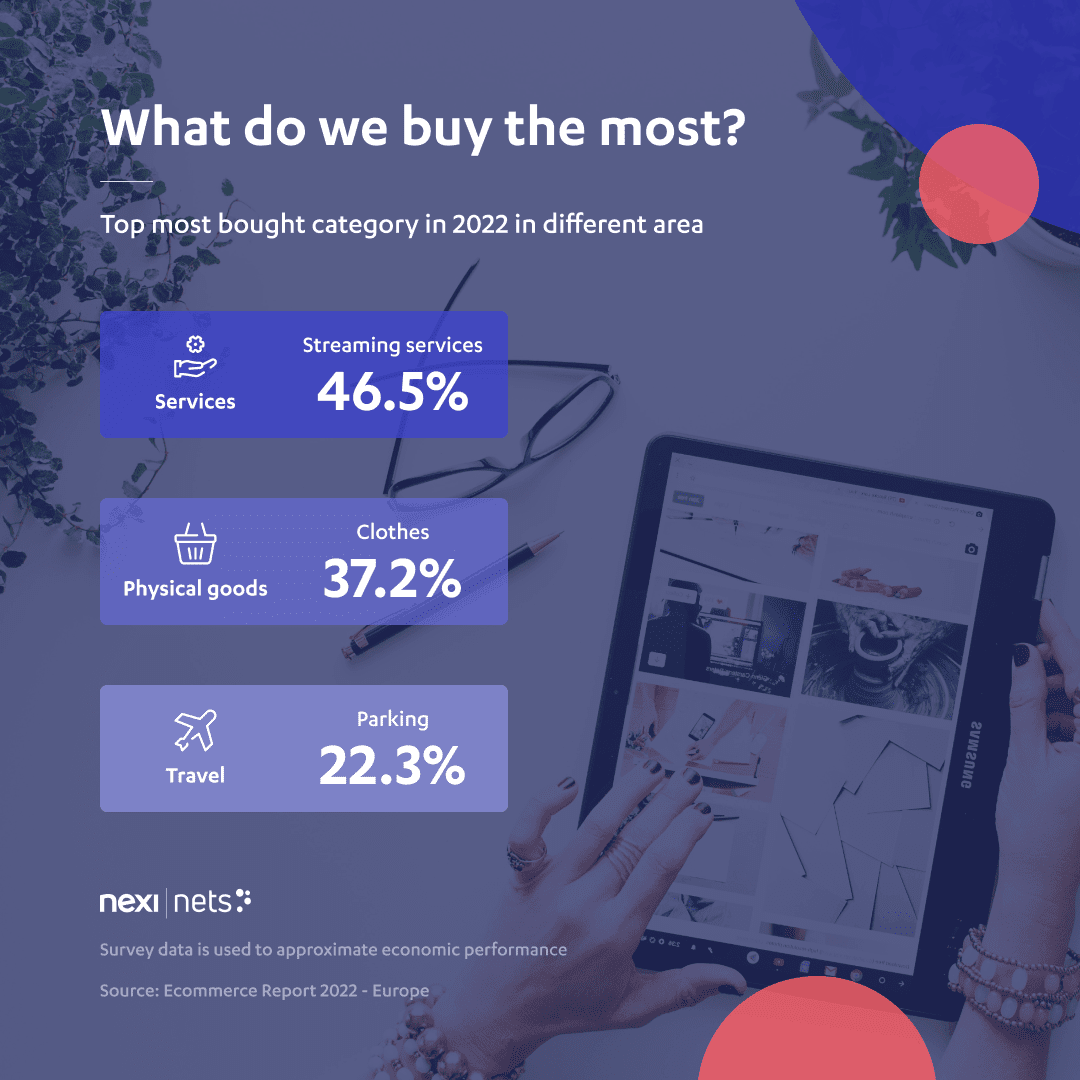While a big downside to online shopping is that you can’t see the item in question with your own eyes and hold it in your hands before purchasing it, this is greatly offset by customer reviews and ratings. Often plentiful and conveniently displayed on the product page, reviews and ratings are often a deciding factor in shoppers making up their mind about the purchase. Also, any person online shopping can not only check the reviews on the store’s webpage, but also simply open up another tab and do a quick online search for even more reviews and ratings.
Everything an online store has on offer is always on display on the webpage; products out of stock are clearly labeled as such, often with the ability to notify you the moment an item is back in stock; searching for a particular product is easier than at a physical location, and more/most importantly, the checkout process is fast and simple with no waiting in line and no crowding at the register.
Call it by other names like ease of use, streamlining, frictionless – at the end of the day, convenience is what we all desire in our shopping experience and successful online stores have put in the time and effort to provide it to their clients.
Online stores offer free delivery – some for any purchase, others for all purchases over a certain minimum amount of money spent – and this feature is very often stated as one of the main reasons for online shopping. You put in your address, you make the purchase, and the item is delivered to your doorstep, eliminating the need for scouting out local brick-and-mortar stores, hoping they’ll have the item in stock. It bears note that among online stores that do offer free delivery, those that fare even better are stores that can provide next-day delivery.
While payments are simple, payment plans and conveniences such as e-coupons and discounts are also important factors for online shoppers, as well as loyalty programs. Also, products on special offers and sales are clearly visible on the webpage, which means there is no chance of a shopper missing a sale because they didn’t stop by the brick-and-mortar store on the right day.












